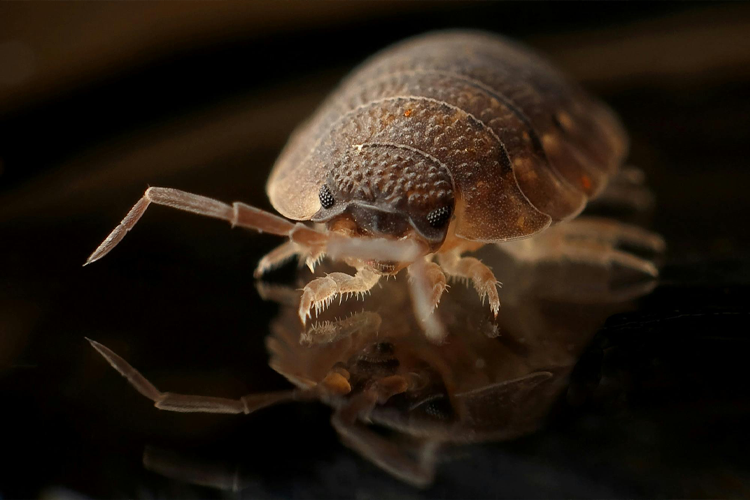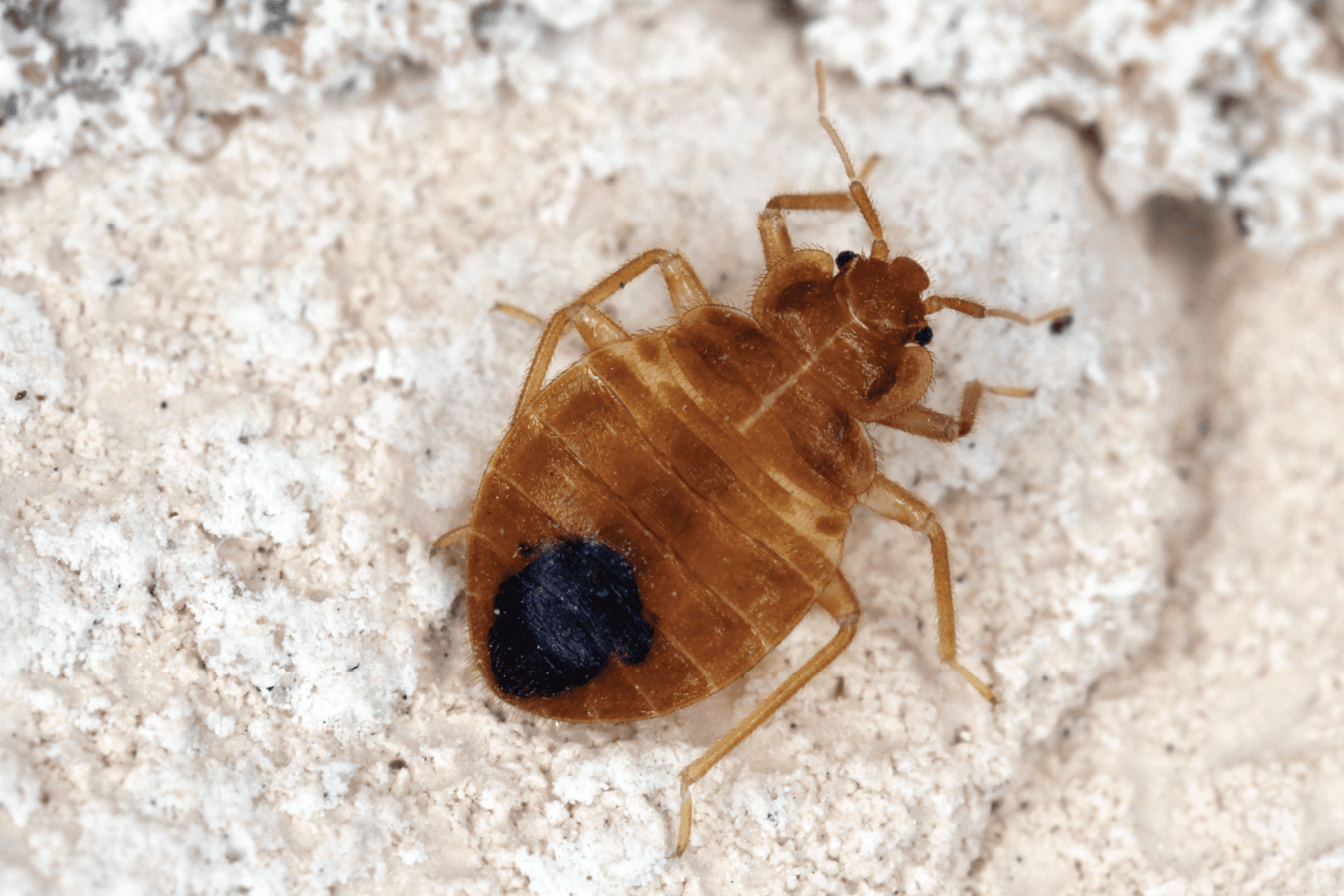Kings Exterminator Cincinnati: Efficient Bug Management
Wiki Article
Kinds Of Pest Control: Which Technique Is Right for Your Infestation?
When faced with a parasite invasion, the option of an ideal method for insect control is vital in successfully managing the scenario. From chemical treatments to organic services, there exists a series of techniques that can be employed to deal with different sorts of insects. Each approach features its own collection of considerations and benefits, making the decision-making procedure a nuanced one. Understanding the nuances of each approach and evaluating their compatibility with the particular insect infestation at hand is important for accomplishing long-term success in parasite administration. By discovering the different kinds of insect control techniques available, people can make enlightened decisions customized to their one-of-a-kind scenarios, ensuring a more efficient and sustainable end result in parasite obliteration.Chemical Parasite Control
Chemical bug control involves making use of artificial or naturally acquired chemicals to take care of and eradicate pest populations successfully. This method is frequently utilized in farming, forestry, and domestic settings to battle a large array of pests, including pests, weeds, and rodents. The usage of chemical pesticides can supply fast and targeted remedies to pest infestations, making it a prominent choice for lots of people and businesses.Among the key advantages of chemical insect control is its capability to quickly eliminate insects, reducing the risk of damage to plants, residential or commercial property, and human health and wellness. By utilizing details chemicals that target specific pests, this method can successfully manage problems while decreasing harm to useful organisms and the environment when applied properly.
Nonetheless, making use of chemical insect control also increases worries regarding potential unfavorable effects on non-target types, water sources, and human wellness. It is crucial to follow security standards, apply chemicals responsibly, and take into consideration alternative insect control methods to minimize these risks and make certain sustainable insect monitoring practices.
Biological Insect Control
Organic bug control, also known as biocontrol, uses living organisms to take care of and minimize bug populaces normally. By making use of the parasite's all-natural predators or microorganisms, biological pest control supplies a sustainable and ecologically friendly option to pest management.
Mechanical Bug Control
Using physical and hands-on techniques to manage bug populations, mechanical parasite control supplies an alternate approach that does not depend on the use of living organisms or synthetic chemicals. This technique includes making use of obstacles, traps, or various other gadgets to physically hinder or remove parasites. By obstructing parasite entry points or establishing traps to catch them, mechanical insect control can effectively lower infestations without presenting chemicals into the atmosphere.One common instance of mechanical pest control is using mesh displays on doors and windows to avoid insects from entering buildings. This simple yet effective technique works as a physical barrier, keeping insects out while enabling for proper air flow. Furthermore, gadgets like mousetraps, fly swatters, and ultrasonic repellents fall under the mechanical insect control group.
While mechanical insect control techniques can be labor-intensive and need regular surveillance and maintenance, they supply a environmentally friendly and sustainable service for managing pest invasions. By combining various mechanical strategies, homeowner can create an extensive pest control approach that reduces dependence on chemical pesticides.
Physical Pest Control

Some usual physical bug control methods consist of using obstacles such as nets or displays to avoid insect entry, traps to record and eliminate bugs, and hand-picking to literally remove insects from plants or frameworks. In addition, strategies like warm therapies can be made use of to manage bugs like bed insects by elevating the temperature to levels that are deadly to the insects.
Physical insect control is specifically useful in integrated bug management (IPM) approaches, where several insect control techniques are incorporated for reliable bug monitoring while decreasing using chemicals. By utilizing physical pest control techniques, individuals can efficiently address pest invasions with marginal ecological effect.
Integrated Insect Administration
When executing physical pest control methods as component of bug management techniques, Integrated Parasite Monitoring (IPM) becomes a comprehensive method that leverages different strategies to successfully regulate pest populations. IPM focuses on long-term avoidance of pests with a combination of organic, cultural, physical, and chemical tools tailored to details parasite problems. By integrating numerous control techniques, IPM intends to decrease the risks connected with bugs while likewise reducing reliance on chemical solutions.One trick element of IPM is the focus on tracking and analyzing pest populations to identify one of the most proper control methods. This proactive technique permits very early intervention and targeted techniques, resulting in extra effective pest monitoring. Furthermore, IPM advertises environmentally pleasant techniques by focusing on non-chemical control techniques and only using pesticides as a last option.
Conclusion

By making use of the insect's all-natural predators or pathogens, organic parasite control provides a environmentally pleasant and lasting remedy to pest management. - Kings pest control Cincinnati
Using physical and hands-on approaches to manage insect populations, mechanical bug control provides an alternate method that does not depend on the use of living microorganisms or artificial chemicals.An effective method to handling parasite populations without counting on chemical or biological methods entails the use of physical insect control methods.When executing physical parasite control techniques as part of pest effective pest control management strategies, Integrated Parasite Monitoring (IPM) emerges as a comprehensive technique that leverages various methods to site link efficiently manage pest populations. Chemical insect control entails the usage of chemicals, biological pest control uses all-natural predators, mechanical parasite control entails physical barriers, physical insect control includes trapping or removing bugs, and integrated pest administration combines numerous techniques for a holistic approach to pest control.
Report this wiki page